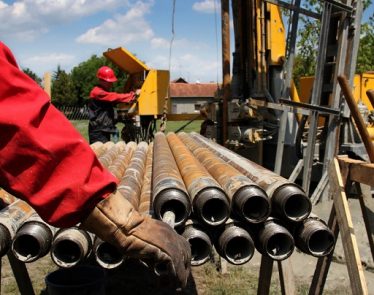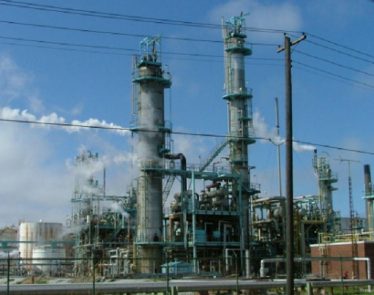
The International Energy Agency (IEA) released its Oil Market Report today – and it found that the rebalancing of the oil market is taking too long.
In February, money managers built a record net long position in hopes that OPEC’s output cuts would help to rebalance the market. However, investors’ – and industry bodies’ – confidence is now fading. “Brent prices have closed below $50/bbl each day since early June and few investors expect a recovery anytime soon,” the agency said.
Ever since the output cuts began, there were issues being surfaced each month to raise doubts about the speed at which the market is rebalancing. The IEA added: “This month, there are two hitches: a dramatic recovery in oil production from Libya and Nigeria and a lower rate of compliance by OPEC with its own output agreement.”
In comparison to May, Nigeria and Libya contributed the most to the 393,000 barrels per day increase in the cartel’s total crude oil production last month. To put it into perspective, Libya’s production increased by 127,000 barrels per day to 852,000 barrels per day, while Nigeria’s crude output jumped by 96,700 barrels per day to 1.733 million barrels per day.
As reported by the IEA, consent among OPEC members slipped last month to its lowest level (78%) since the start of the deal, as not only Libya and Nigeria pumped more, but so did Saudi Arabia. According to OPEC’s secondary sources, their biggest producer stayed within the limits but did not over comply with its share of the cuts as much as it had done in previous months. “In passing, it is worth noting that compliance from the ten non-OPEC producers who volunteered to cut production improved to 82% in June, higher than the rate achieved by OPEC,” the IEA said.
As for when the market would balance out, the IEA is not as confident as it once was in the April report. Today, the IEA said that “Taking demand and supply together, the current market balance implies a global stock draw of 0.7 mb/d in 2Q17.” The agency added that current stock numbers do not support this picture. “Thus, we need to wait a little longer to confirm if the process of re-balancing has actually started in 2Q17 and if the waning confidence shown by investors is justified or not,” the agency explained.
Featured Image: depositphotos/Foto-VDW












